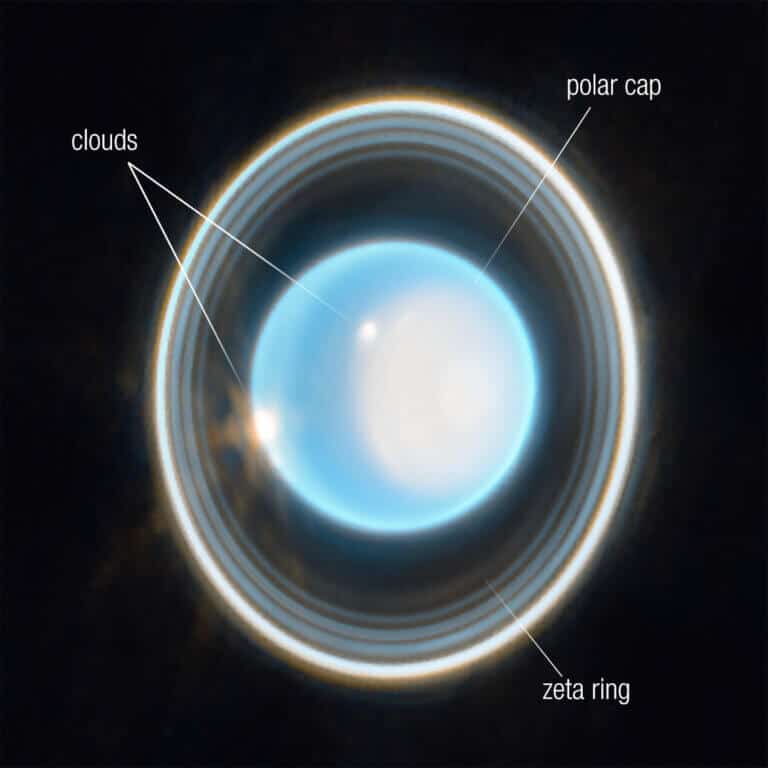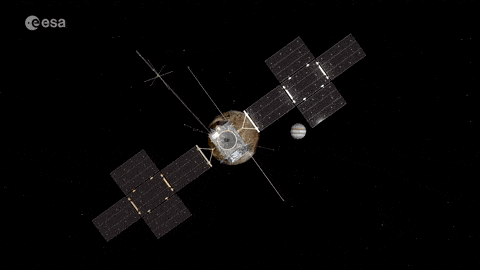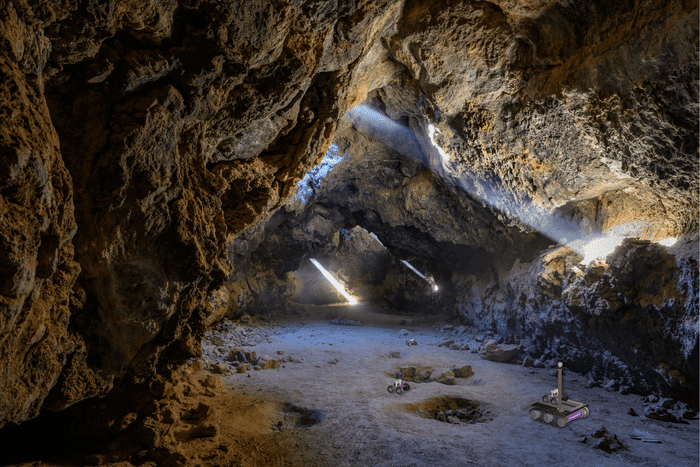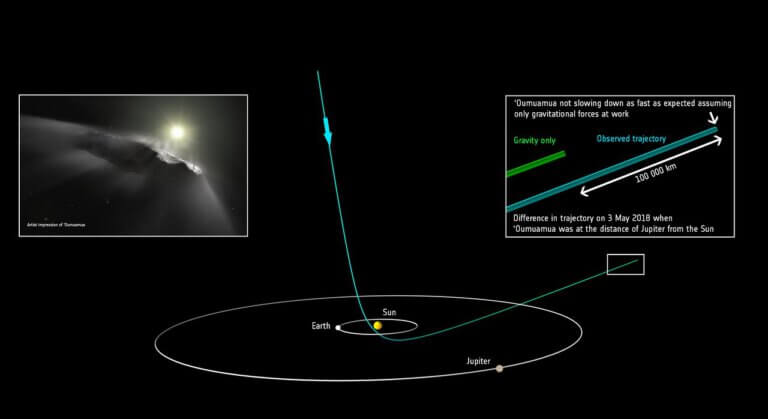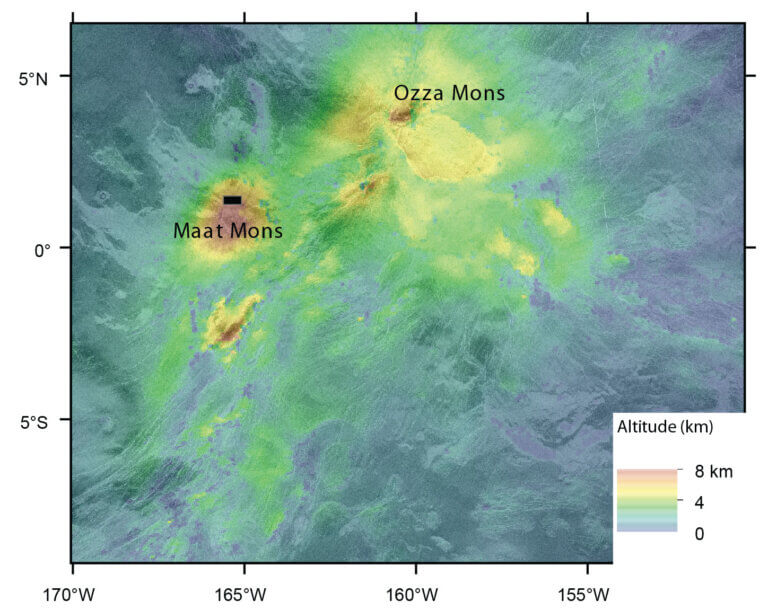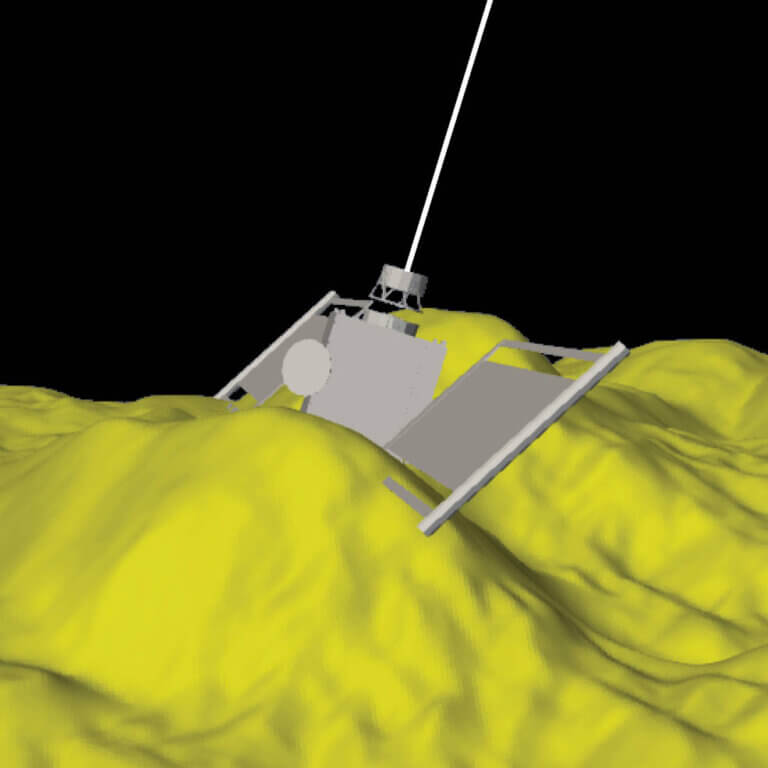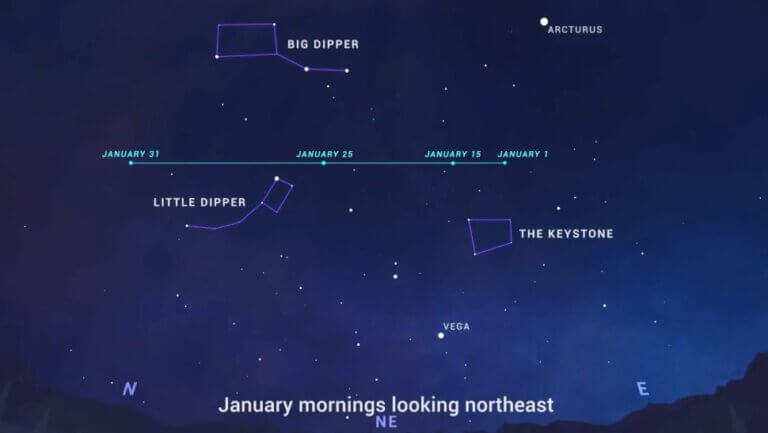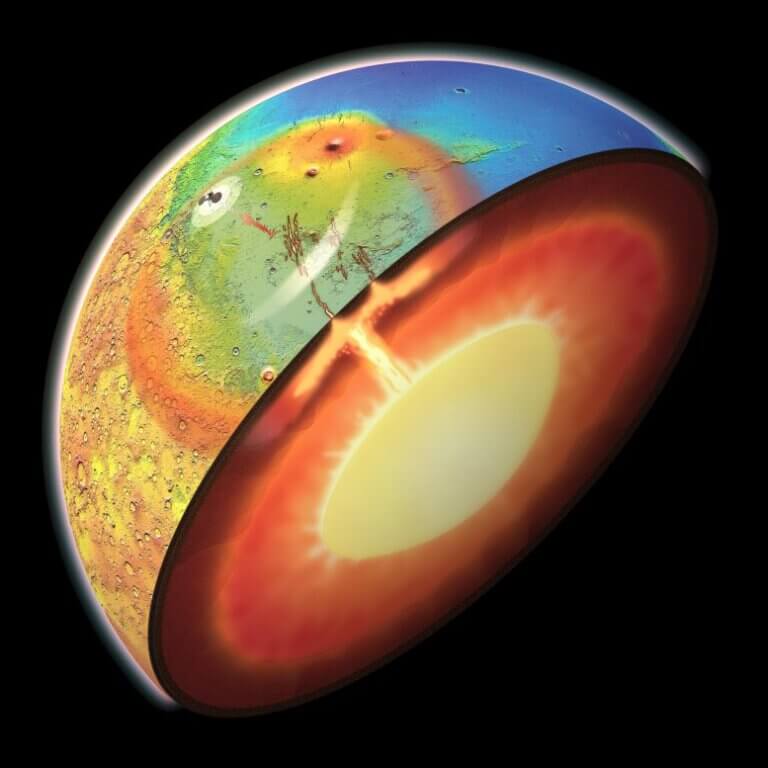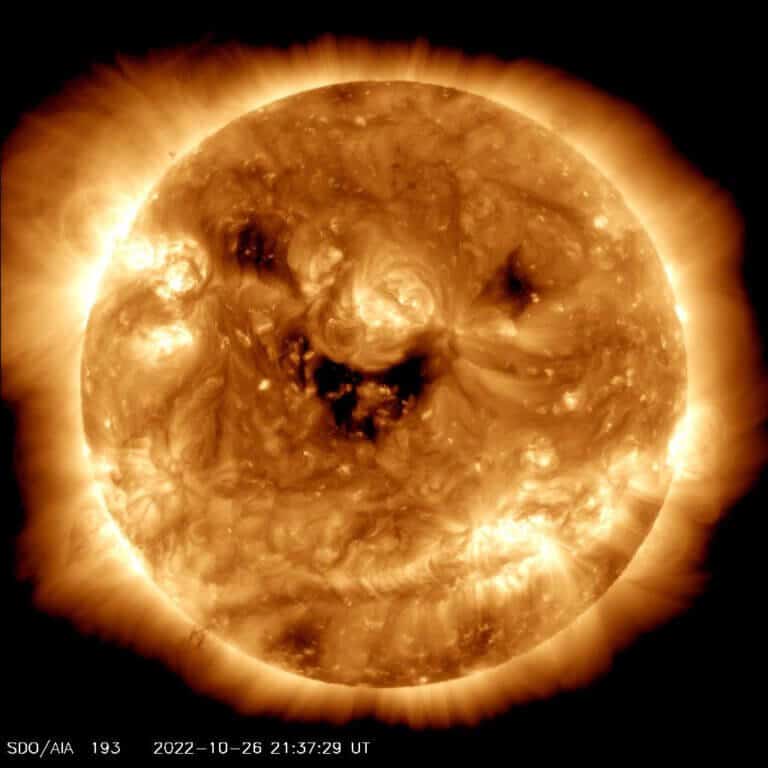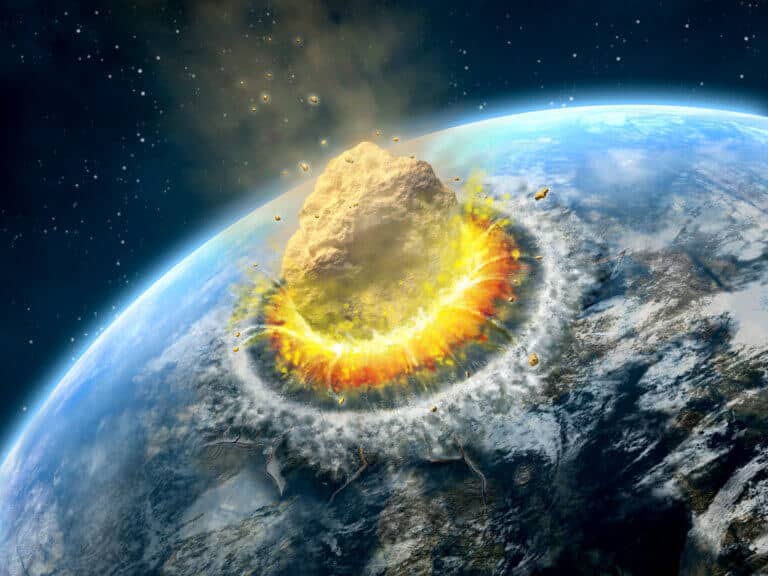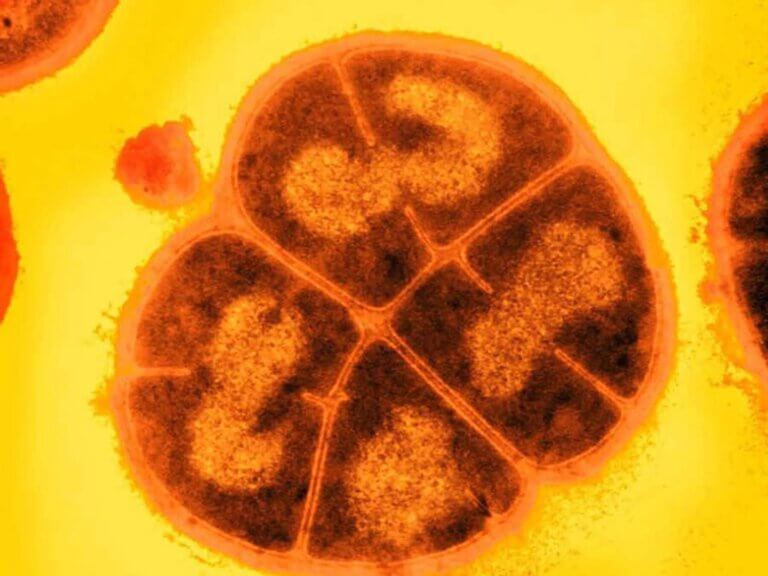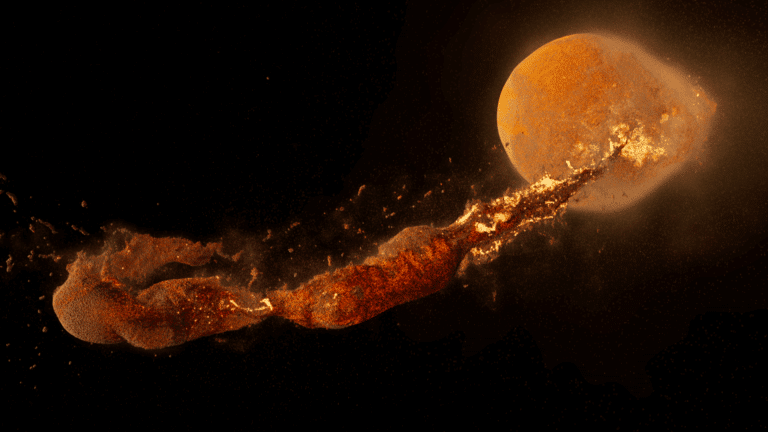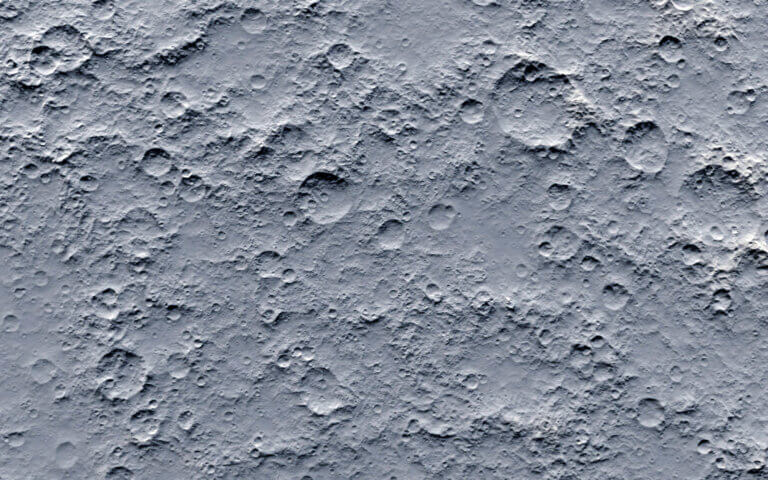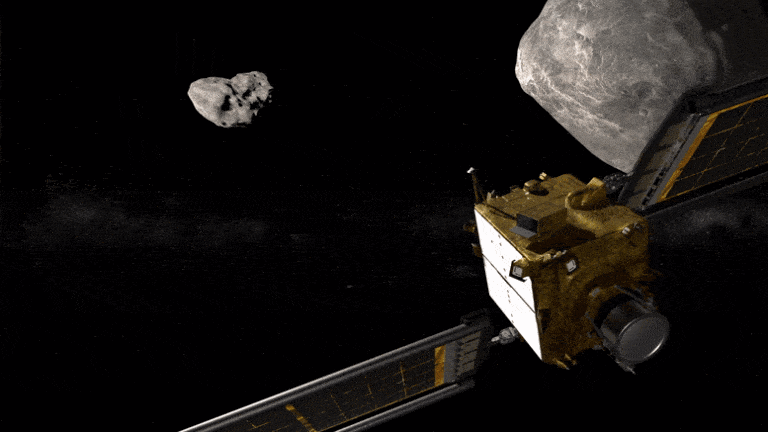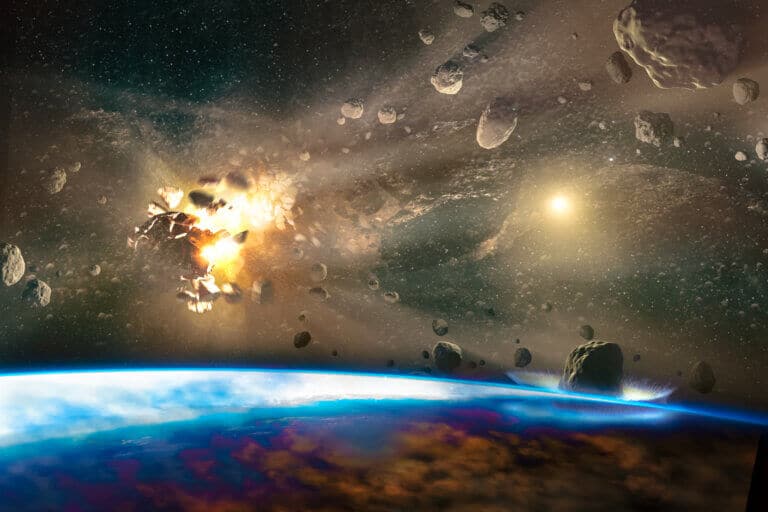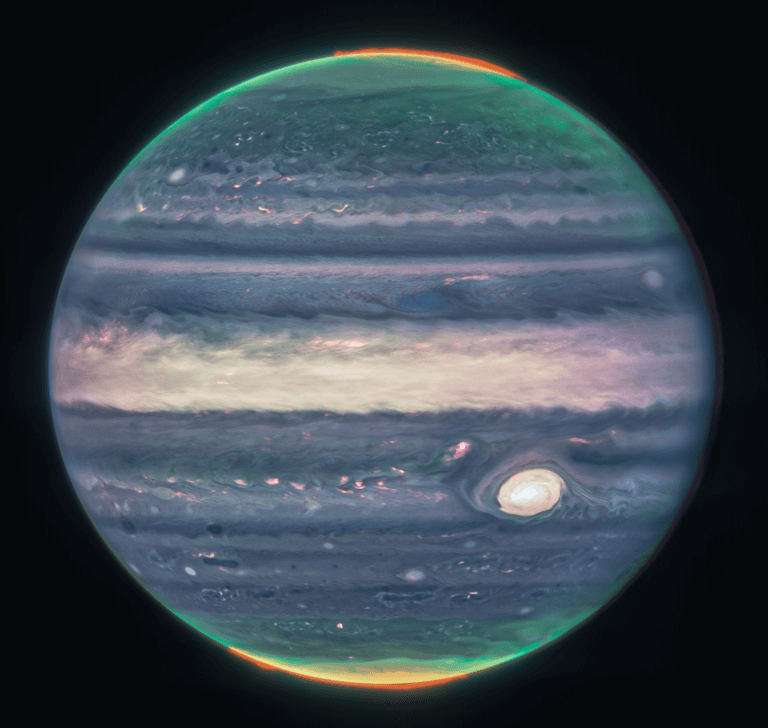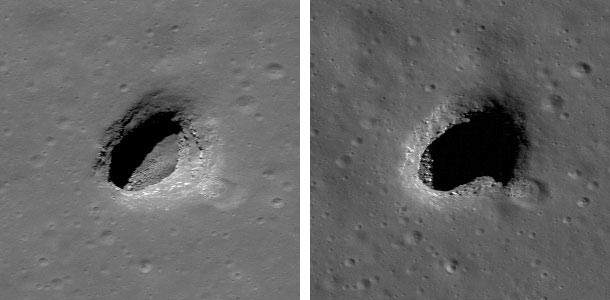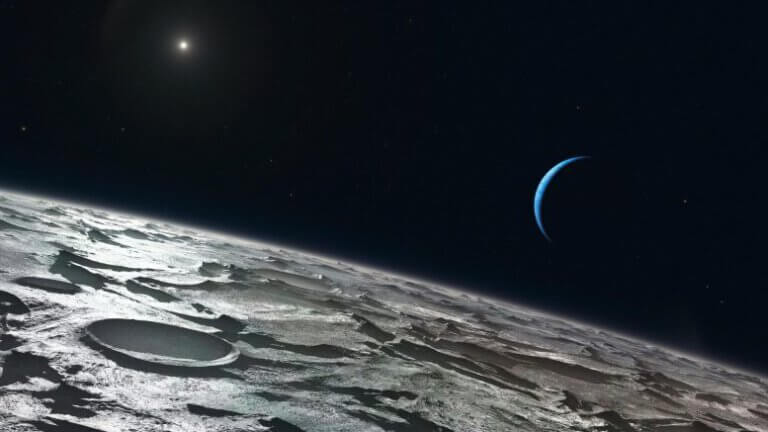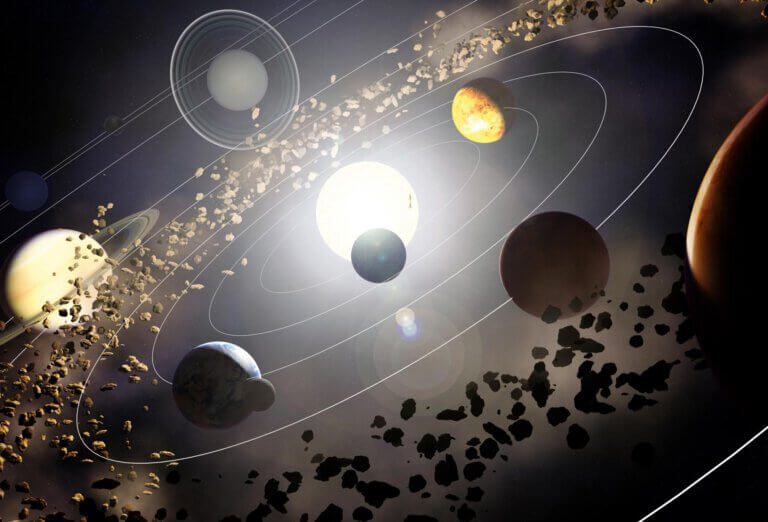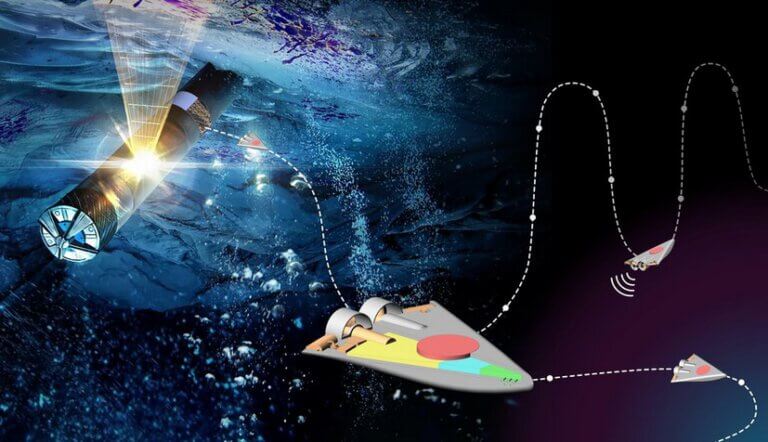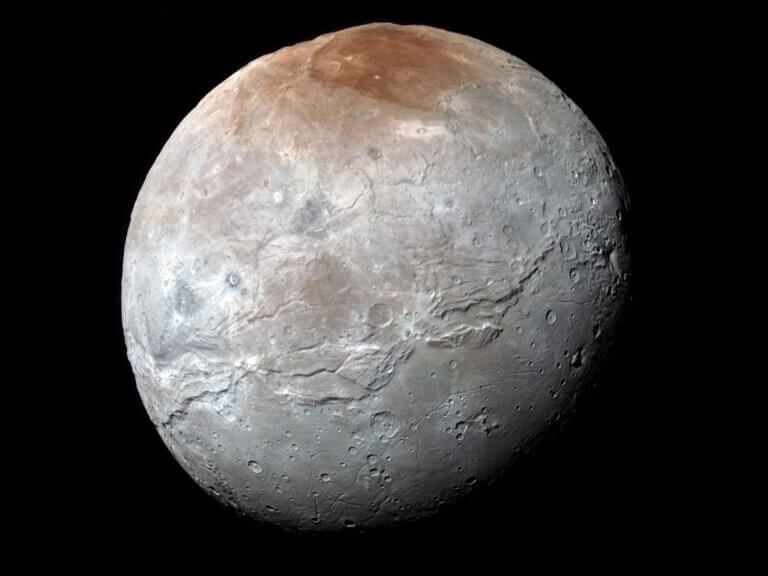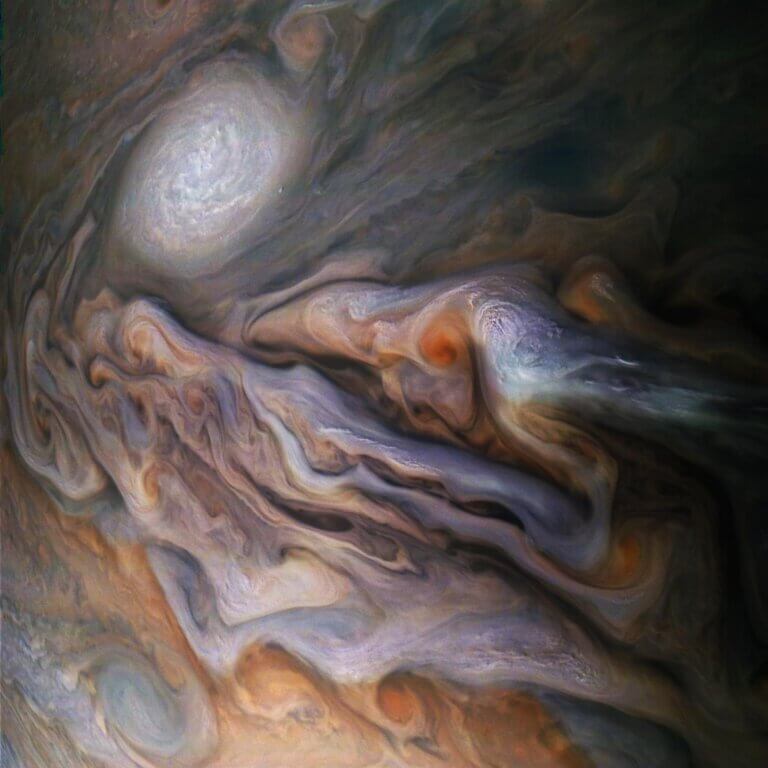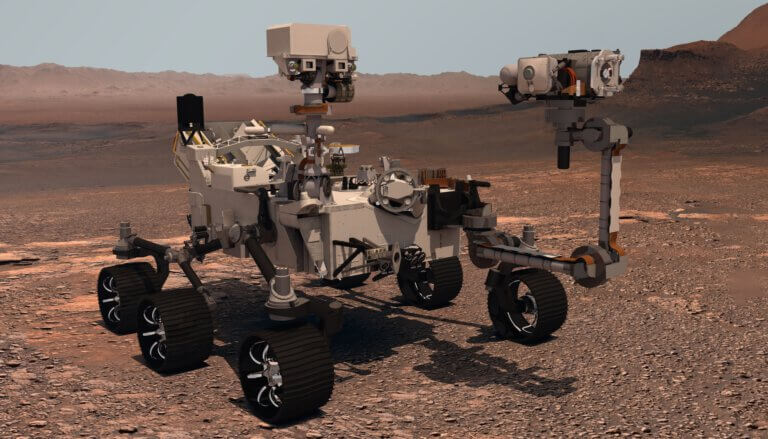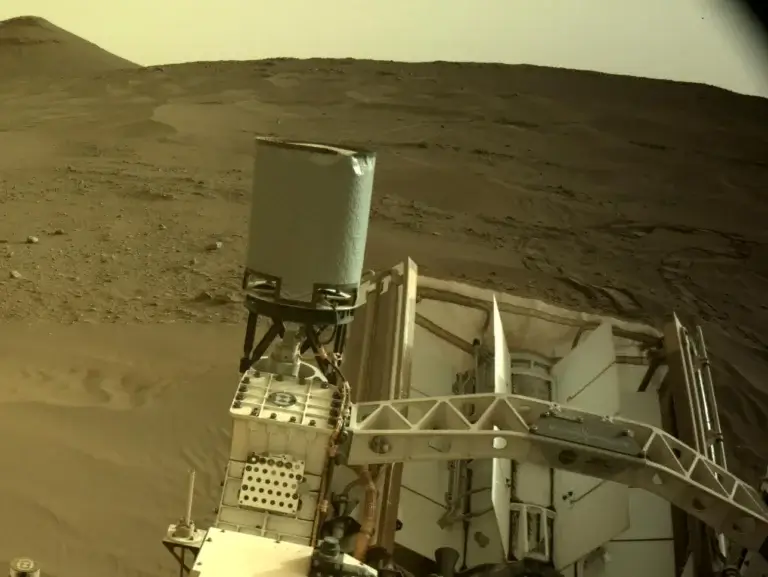Hayadan > Space and astronomy > Solar System > Page 2
Solar System
- Avi Blizovsky
- April 9, 2023
- 3 תגובות
The Webb Space Telescope photographed in detail 11 of the rings surrounding Uranus-Uron
- Avi Blizovsky
- April 8, 2023
- No comments
The European Space Agency ESA will launch on 13/4 the JUICE spacecraft on the historic mission to Jupiter, with technologies and scientific research funded by the Israel Space Agency at the Ministry of Innovation, Science and Technology
- Avi Blizovsky
- March 30, 2023
- 3 תגובות
Engineers from the University of Arizona have developed a system that allows autonomous vehicles to scan underground habitats for astronauts
- Avi Blizovsky
- March 26, 2023
- 6 תגובות
'Umoamua may be composed of hydrogen ice, which explains its unusual properties. Hydrogen is the most common element in the universe, but it is rarely found in the solid state
- Avi Blizovsky
- March 21, 2023
- No comments
The article "Surface changes observed on a volcano in Venus during the Magellan mission" describes the analysis of the observations in which surface changes were discovered on the Sif Mons volcano during the Magellan spacecraft mission in 1991-1994
- Avi Blizovsky
- March 6, 2023
- 2 תגובות
In a scientific article published this week in the journal NATURE there is a detailed report on the successful demonstration of the kinetic impactor technology by DART: a reconstruction of the impact itself, a report on the timeline until the impact, detailing the location and nature of the impact site, and the documentation of the size and shape of Dimorphus
- Avi Blizovsky
- January 21, 2023
- No comments
Green Comet C/2022 E3 (ZTF) will approach Earth on February 1st and, although pale in the northern sky, will be seen near the carts/bears before sailing into deep space for millions of years if ever to return
- Avi Blizovsky
- December 17, 2022
- No comments
Cracks crossing land formations on Mars indicate that Mars is a much more active planet than previously thought
- Avi Blizovsky
- November 5, 2022
- One response
These dark spots on the Sun, visible in ultraviolet light, are called coronal holes and are areas where fast solar wind bursts out into space. By chance, they managed to take a photo that looked like the sun was smiling.
- Science site The Conversation
- November 4, 2022
- 4 תגובות
The newly discovered 2022 AP7 orbits the Sun every five years, and currently crosses Earth's orbit when Earth is on the other side of the Sun from it. Eventually its motion will synchronize with that of Earth and it will pass much closer in a few hundred years
- Avi Blizovsky
- October 30, 2022
- One response
Researchers simulated the harsh ionizing radiation conditions of Mars to see how long freeze-dried bacteria and fungi could survive
- Avi Blizovsky
- October 5, 2022
- 5 תגובות
Scientists from Durham University's Institute for Computational Cosmology have used the most detailed supercomputer simulations to date to uncover an alternative explanation for the origin of the Moon, in which a giant impact put a Moon-like body in orbit around Earth.
- Avi Blizovsky
- October 4, 2022
- One response
This was announced by the SpaceIL association. ImageSat is an old Israeli company that provides high-resolution satellite photographs of sites on Earth, and now one of the devices on Lavinia will map the moon in collaboration with researchers at Ben Gurion University
- Weizmann Institute
- October 2, 2022
Israeli scientists participated in the DART asteroid interception project
- Avi Blizovsky
- September 22, 2022
- 4 תגובות
DART, which is the world's first attempt to change the speed and trajectory of an asteroid in space, is trying a method to deflect asteroids that could be useful if such a need arises in the future to protect Earth.
- Avi Blizovsky
- August 25, 2022
- No comments
A large impact crater under the North Atlantic Ocean reveals - the deadly asteroid was not alone
- Avi Blizovsky
- August 24, 2022
- One response
- Guest article
- July 29, 2022
- 3 תגובות
"Some of the more than 200 pits leading to the tunnels are apparently collapsed lava tubes," said the lead researcher. In a study in the journal Geophysical Research Letters. According to him, a stable temperature of about 17 degrees Celsius will allow protection against the extreme changes between day and night. The caves will also provide partial protection from radiation
- Universe Today
- July 26, 2022
- 4 תגובות
In addition to its intriguing internal structure (and strange phenomena like diamond rain!), scientists believe that Neptune played an important role in the formation of the solar system and that its composition includes large amounts of gas that was part of the prestellar nebula from which the solar system formed
- Avi Blizovsky
- July 24, 2022
- 4 תגובות
The key to solving a long-standing mystery about thin disks of gas orbiting young stars: the movement of a small number of charged particles. This is claimed in a new Caltech study
- Science site The Conversation
- July 23, 2022
- No comments
In fact, the environment in these oceans is very similar to the environment of the earth at the time when life began
- Avi Blizovsky
- July 2, 2022
- One response
In addition to all the fascinating landforms discovered on Pluto's surface, the flyby discovered an unusual shape on Charon, a surprising red dome centered on its north pole. Scientists conducted an experiment that simulated the processes in Charon's thin atmosphere
- Avi Blizovsky
- June 22, 2022
- 4 תגובות
An international team of astronomers found that the gaseous mantle of Jupiter does not have a homogeneous distribution. The inner part has more metals than the outer parts, and they amount to 11 to 30 Earth masses and constitute 3-9% of the total mass of Jupiter. It is likely that these are Jupiter's planets and moons. Bela" at the time of its formation
- Haim Mazar
- June 17, 2022
- One response
- Avi Blizovsky
- May 26, 2022
- No comments
NASA's Perseverance rover began moving after completing remote science activities at Enchanted Lake. Now scientists want to drive it to the front of the delta of the ancient river that flowed into the lake

